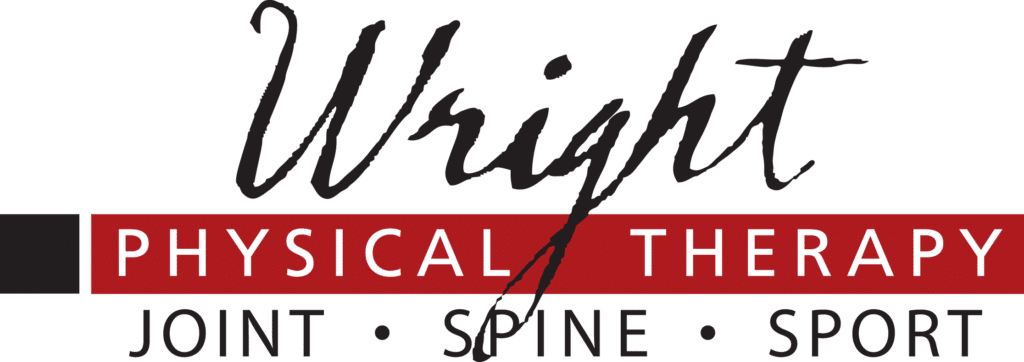What is Rehabilitation Therapy?
Rehabilitation is care that can help you get back, keep, or improve the abilities that you need for daily life. If you’ve been seriously injured your doctor may recommend rehabilitation to help you recover.
Common injuries that need rehab:
- Injuries and trauma
- Stroke
- Major surgery
- Cancer
- Birth defects and genetic disorders
- Developmental disabilities
- Chronic pain
What are the Goals of Rehabilitation?
The overall goal of rehabilitation is to help you get your abilities back and regain independence. But at Wright Physical Therapy we create a treatment plan specific for each person. We get to the root of what caused the problem, whether the cause is ongoing or temporary, which abilities you lost, and how severe the problem is.
Physical Therapy Protocols for Rehabilitation
The use of protocols has been around for years in the rehabilitation world. As physical therapists, we have been trained for years to better understand the human body, how it functions, and its response to different healing stimuli. It is absolutely necessary to individualize programs that are specific to different patient needs and the type of injury.
Rehabilitation protocols are designed to better help a physical therapist make sound clinical decisions that are consistent with the clinical expertise and secular education received.
Many people think protocols are set in stone rules that don’t vary, instead of guidelines. All protocols that we have incorporated and created over the years are intended to help guide patients through sequential steps of returning from an injury in a safe and quick manner.
Many protocols focus on specific criteria that need to be met vs arbitrary timelines of recovery. See the example of what a few goals would be when rehabilitating an ACL reconstruction.
•Phase 1: Restore full passive knee extension, Diminish joint swelling and pain.
•Phase 2: Gradually increase knee flexion, Muscle control, and activation, Normalize gait.
•Phase 3: Restore full knee range of motion (5- 0 to 125 degrees) symmetrical motion.
•Phase 4: Return to sport progression, Achieve maximal strength and endurance.
In the example above, when the criteria are met in each phase this allows the patient to then progress to the next phase in the healing process with confidence. The therapist needs to determine what is and is not needed in order to achieve the necessary criteria.
Pre and Post-Operative Rehabilitation
Postoperative rehabilitation is a whole different animal and using the best evidence-based programs is important in a successful recovery. Standards of care following surgery need to be communicated from surgeon to physical therapist to assure patients progress appropriately.
A physical therapist must respect the guidelines from the operating surgeon since they know the ins and outs of the surgery performed. Many variations exist in the types of surgery done and the patient’s response to it. We often teach clinicians that the “rehabilitation must match the surgery” for optimal gains.
“Random” therapy and not following the surgical protocol can often lead to sub-optimal outcomes. A well-designed and carried out postoperative protocol will set the patient up for best success in returning to a prior level of function.
Pre and post-operative rehabilitation are a few of the many conditions we treat at Wright PT.
Summary
Physical Therapists should not follow a rehabilitation protocol without thinking, that is not the care deserved. The expert clinician will combine the guidelines of a solid rehabilitation protocol with clinical expertise, evidence based research, and patient preference for optimal outcomes.
We have several non-operative, pre-operative, post-operative protocols based on decades of research, scientific evidence, experience, and mentorship with world-renowned physical therapists and surgeons. There are several variations of protocols to account for the many specific procedures and concomitant surgeries.
If you are interested in learning more about our protocols and how we implement them in our treatment approach please call us at one of our clinic locations (wrightpt.com).

